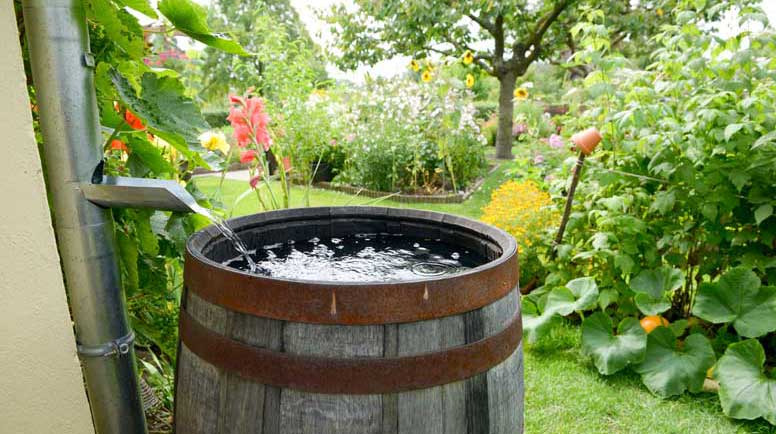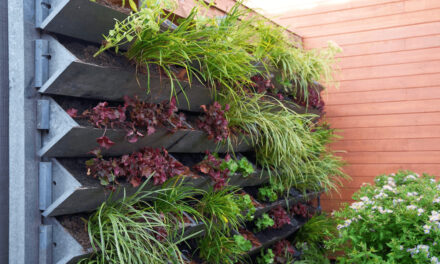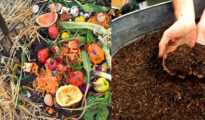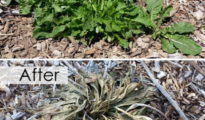Gardening is both an art and a science. With the increasing awareness of environmental issues and the push for sustainable living, rainwater collection has become an essential technique in modern gardening. Not only is it an environmentally-friendly practice, but it can also lead to a healthier and more vibrant garden. In this post, we'll explore the many benefits of collecting and using rainwater, as well as provide practical tips and techniques for doing so.

Why Collect Rainwater?
- Economical: By collecting and storing rainwater, you can significantly reduce your water bills. This is especially beneficial in areas with high water costs.
- Environmental Impact: Rainwater harvesting reduces demand on municipal water supplies and can decrease the impact of runoff on local waterways. This helps in reducing erosion and preventing pollutants from entering streams and rivers.
- Better for Plants: Rainwater is naturally soft, devoid of chemicals like chlorine and fluorine commonly found in tap water. This makes it more beneficial for plants.
Setting up a Rainwater Collection System
1. Roof Collection Systems:
- Gutters and Downspouts: Ensure your gutters are clean and free of debris. The water will be collected from your roof and directed down these channels.
- First Flush Diverter: This is an essential component that diverts the first few gallons of rainwater which might carry most of the dirt, debris, and contaminants from the roof.
- Storage Tanks: Depending on the size of your garden and water requirements, you can choose barrels, cisterns, or other types of tanks. Ensure it has a tight-fitting lid to prevent mosquitoes and other pests.
2. Ground Collection Systems:
- Rain Gardens: These are depressions planted with native shrubs and plants. They capture runoff and prevent pollutants from reaching the water table.
- Swales: Contoured landscapes designed to gather and divert runoff to areas where it can be absorbed.
Tips for Using Rainwater in Your Garden
- Water Deeply and Infrequently: This promotes deeper root growth. It's more beneficial than frequent shallow watering which can lead to shallow root systems.
- Use Soaker Hoses: Instead of overhead sprinklers, soaker hoses or drip irrigation systems deliver water directly to the plant roots, minimizing evaporation and maximizing efficiency.
- Water in the Early Morning or Late Afternoon: This ensures that the sun won’t evaporate the water before it reaches the roots.
- Use Mulch: Mulching around plants will help retain moisture, suppress weeds, and improve soil health.
Maintenance and Precautions
- Regularly Check and Clean Your System: Over time, your collection system can accumulate debris. Regular inspection ensures efficient functioning.
- Avoid Chemical Roof Materials: If your roof has been treated with chemicals or toxic materials, the runoff can harm your plants. Always know your roof's materials.
- Overflow Strategy: Your storage tanks can overflow during heavy rains. Plan where this excess water will go to avoid flooding or erosion.
- Treatment for Longer Storage: If you’re storing rainwater for an extended period, consider using natural treatments like mosquito dunks to prevent larvae development.
Collecting and using rainwater for your garden is a smart, sustainable choice. Not only does it promote a healthier environment, but it also encourages a more vibrant and flourishing garden. Whether you're an amateur gardener or a seasoned horticulturist, these tips and techniques can help you make the most of Mother Nature's free resource. Remember, every drop counts!
The Benefits of Rainwater for Plants
While it's mentioned that rainwater is soft and free of chemicals, it’s also worth noting that rainwater often has a balanced pH level and may carry dissolved nutrients from the atmosphere. This can be particularly beneficial to plants which thrive in mildly acidic to neutral pH conditions.
Less Salt: Tap water, especially in areas with ‘hard water', can contain high levels of dissolved minerals like calcium and magnesium, which can accumulate in the soil over time. Rainwater has significantly fewer salts, which can be beneficial for salt-sensitive plants.
Oxygen-Rich: Rainwater absorbs oxygen as it falls, making it rich in this essential element. Oxygenated water can encourage healthier root growth and aerobic soil conditions.
Expanding on Storage Tanks
Placement: If possible, position your storage tanks in a shaded area to prevent algae growth, which can thrive in sunlight.
Material: Tanks made from food-grade polyethylene are commonly used for rainwater storage. If using recycled containers, ensure they did not previously hold chemicals.
Scale to Need: If you have a small garden or only a few potted plants, smaller barrels might suffice. Larger gardens or those with water-intensive plants might require bigger storage solutions.
Rain Chains
An alternative to downspouts, rain chains guide the water visibly from the roof to the ground, barrels, or basins. They are not only functional but can also be aesthetically pleasing and provide a soothing sound during rains.
Expanding on Using Rainwater
Prioritize Watering: Water the most water-intensive plants first. If you have a limited supply of collected rainwater, make sure plants that require more hydration get priority.
Observe Your Plants: Plants often tell you when they’re thirsty. Wilting leaves or a change in color might be an indication. Understanding the specific needs of each plant type in your garden will allow you to use rainwater more effectively.
Additional Maintenance and Precautions
Test Stored Water: If you're storing rainwater for an extended period, it's a good idea to occasionally test it, ensuring it's free from harmful bacteria or contaminants. While most gardens will tolerate a bit of bacteria (and it may even be beneficial), if you're using the water on edible plants, safety is paramount.
Winter Care: In colder climates, ensure your collection system and storage containers are prepared for freezing temperatures. This might involve draining systems or insulating storage tanks.
Safety First: Make sure your rainwater collection system is safe and can't be accessed by children. Tanks and barrels can pose a drowning hazard if not secured properly.
Harnessing the natural bounty of rain can bring numerous benefits to your garden, from the health of the plants to the health of the environment. With careful planning and regular maintenance, a rainwater collection system can be a valuable asset for gardeners of all levels. By deepening our understanding and improving our techniques, we can make the most of every precious drop.



















